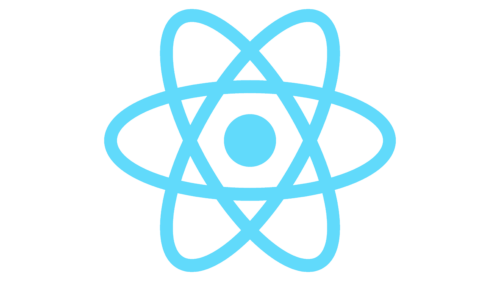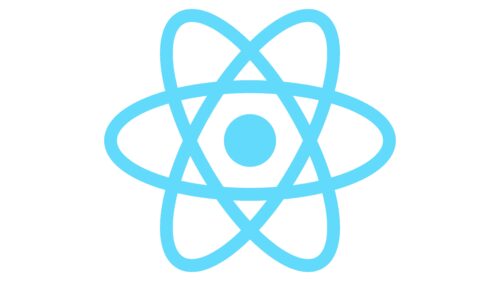React is a renowned JavaScript library developed and maintained by Facebook for building user interfaces or UI components. Founded by Mark Zuckerberg, Eduardo Saverin, Andrew McCollum, Dustin Moskovitz, and Chris Hughes in 2004, Facebook, the tech giant, quickly ascended to global prominence with its innovative social networking platform. Within Facebook’s ecosystem, React has been heavily utilized in powering up the interfaces of many of its products, including the main Facebook website. Its declarative paradigm enables efficient updates and rendering, making it especially beneficial for single-page applications. React’s component-based architecture also ensures easier codebase maintenance and scalability.
Meaning and history
React, a powerful JavaScript library was developed by Facebook for constructing interactive user interfaces. Facebook, established in 2004 by Mark Zuckerberg and his college roommates, aimed at providing a seamless social networking experience. Over the years, React has become one of the company’s hallmark achievements, enabling developers worldwide to build performant and modular applications. Notably, it introduced a virtual DOM, optimizing re-rendering processes and ensuring efficient updates. As of the present, React continues to dominate the front-end development landscape, with its vast community, regular updates, and its undeniable influence in shaping the modern web.
What is React?
React is a JavaScript library developed by Facebook for building interactive user interfaces. Founded by Facebook, it has become a vital tool in modern web development, facilitating component-based architecture and efficient rendering.
2013 – Today
The emblem presented evokes a sensation of interconnectedness and innovation. Constructed primarily of a cool cyan hue, the design adopts the iconic representation of an atom, a foundational concept in the world of science. The intertwining elliptical orbits seamlessly circle around a centralized nucleus, embodying unity and a sense of continuous movement. The deliberate use of soft, rounded curves provides the design with a fluidity that hints at adaptability and endless possibilities.
Stepping beyond the mere symbolism of the atom, the hue chosen for this design is equally compelling. The gentle cyan suggests clarity, serenity, and a forward-thinking perspective. It resonates with the contemporary design ethos while maintaining a timeless appeal. The white space within and surrounding the emblem plays a crucial role, amplifying its significance and allowing the viewer’s eye to focus on the intricate orbits without distraction.
To conclude, this logo encapsulates a blend of tradition and modernity. By representing an atom, it acknowledges the profound discoveries of the past while its sleek design language ensures its relevance in today’s dynamic world. A masterful combination that speaks to both history and the future, this logo is a symbol of progress, unity, and the undying thirst for knowledge.








